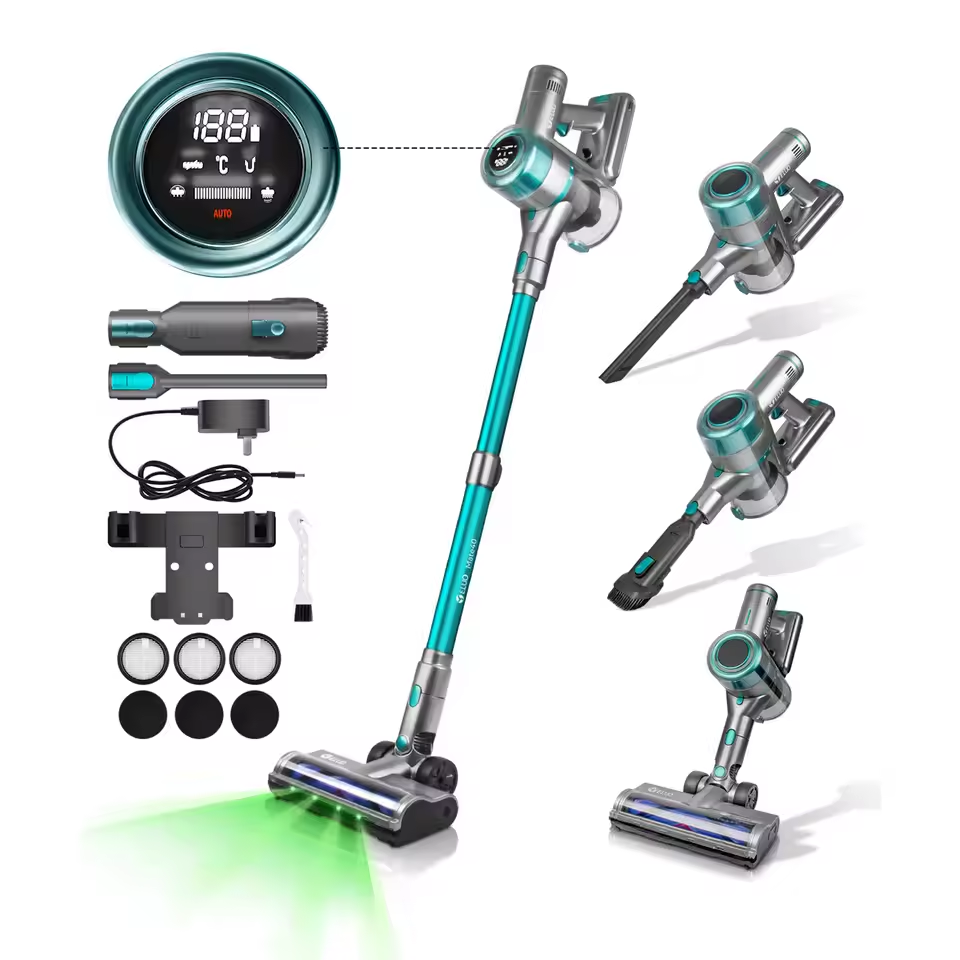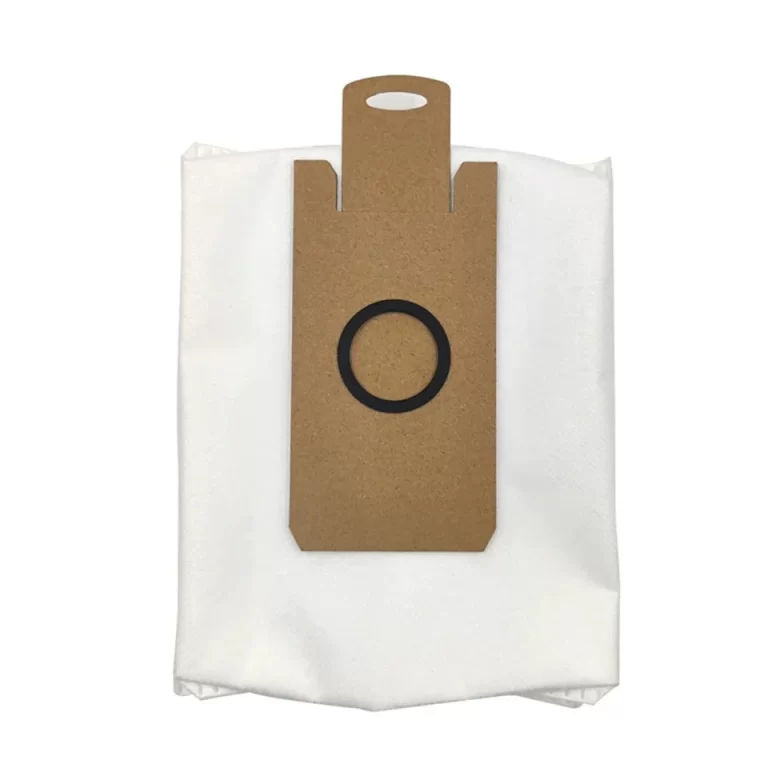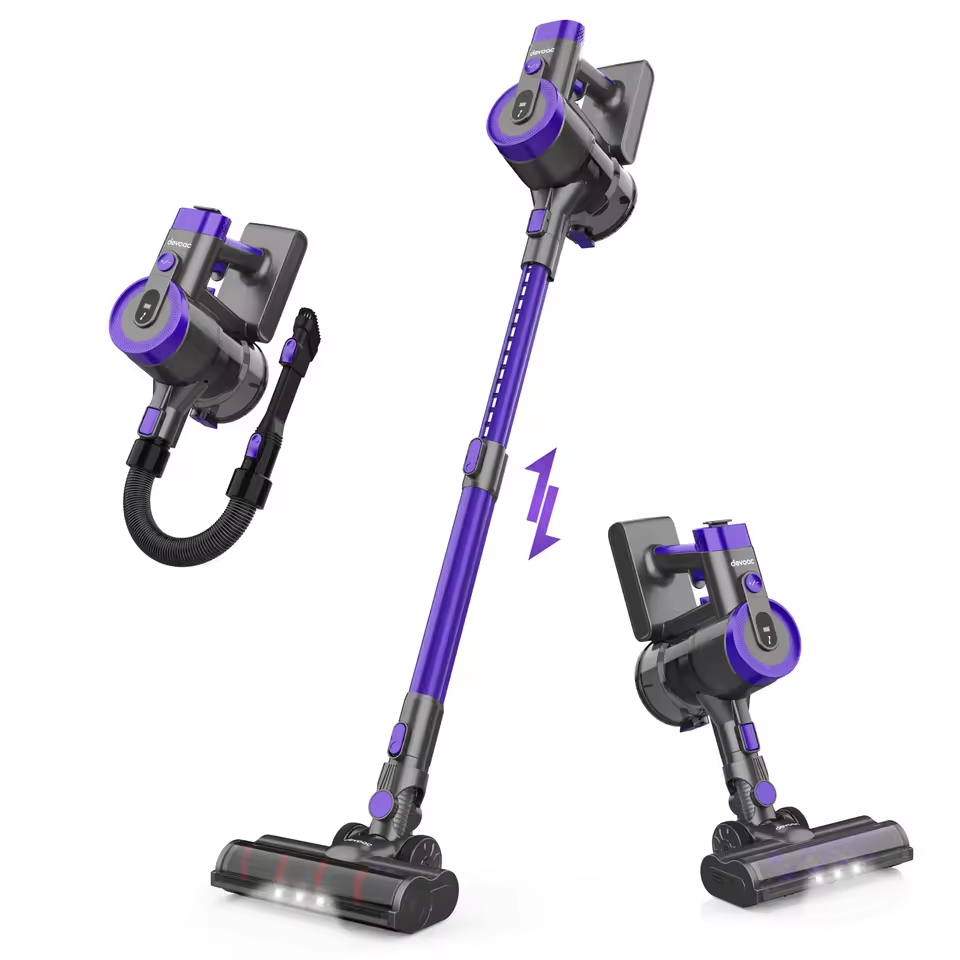The Origin of Vacuum Cleaners
The history of vacuum cleaners begins in the 19th century. House cleaning, back then, was a daunting task. Fine dust and debris presented a challenge for traditional methods like brooms and brushes. Inventors saw a need for something more effective. This need sparked innovative thinking.
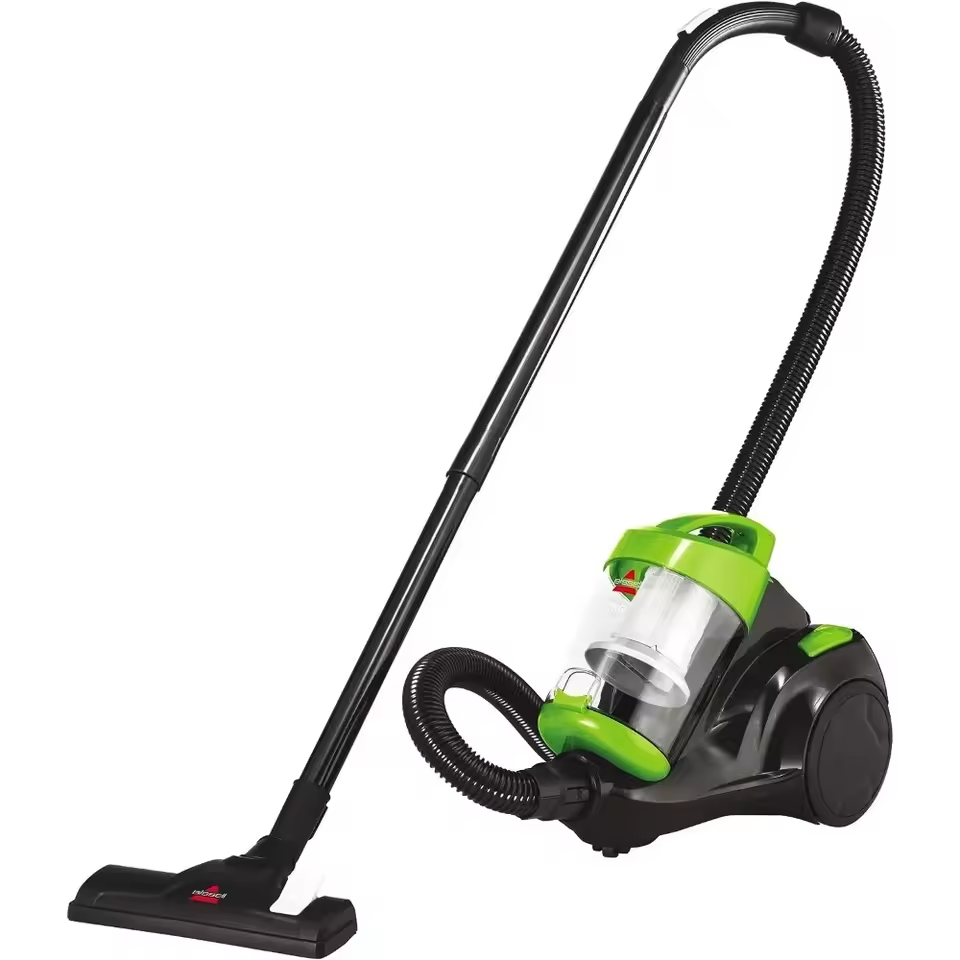
Daniel Hess filed a patent in 1860 for a device called a ‘carpet sweeper’. It was among the first to tackle the issue. But it did not create a vacuum. Instead, it used rotating brushes and a bellows system to generate airflow. This idea marked a pivotal point in cleaning technology.
Later, in 1869, Ives W. McGaffey took another step forward. His invention, the ‘Whirlwind’, was hand-powered and more practical. It had a fan that created suction and collected dust into a container. Although it was an improvement, it was labor-intensive and not widely adopted.
As the years passed, other inventors stepped in, refining these early concepts. They wanted to create a device that was easier to use and more effective. Their collective efforts laid the groundwork for the first true vacuum cleaner. These machines aimed to remove dirt and dust from homes more efficiently than ever before.
Thus, the origin of vacuum cleaners involved gradual progress. It reflected a desire to reduce the physical strain of cleaning. And it showed the ingenuity of those looking to improve domestic life. Through persistent innovation, the path was set for the creation of the first vacuum cleaner as we know it.
Invention of the First Vacuum Cleaner
The true breakthrough came with the invention of the first machine that actually created a vacuum to suck up dust. Hubert Cecil Booth, an English engineer, noticed that blowing air out would raise dust but not remove it. In 1901, he designed a motorized vacuum cleaner that reversed the airflow. This machine had a pump to create suction. A hose attached to the pump then pulled the dirt into a filter bag.
Booth’s device was large. It had to be drawn by horses outside a building. Long hoses were snaked into the windows to clean. Despite these challenges, the concept was revolutionary. It changed how people thought about cleaning their homes. This invention was the basis for the vacuums we use today.
Surprisingly, people were initially skeptical of Booth’s vacuum cleaner. They were not convinced that removing dust with suction was necessary or effective. Over time, as the design improved and became more practical, this skepticism turned to acceptance. Booth showed that vacuum cleaners could be more than just a novel idea. They could be an essential tool in household cleaning.
The first vacuum cleaner looked quite different from what we see today. But it was a game-changer in home maintenance. As we move through the blog, we’ll delve deeper into the key features and the evolution of vacuum cleaner technology.
Key Features of the Original Vacuum Cleaner Design
The original vacuum cleaner, pioneered by Hubert Cecil Booth, was a marvel of its time. It stood out for several key features that fundamentally separated it from previous attempts at mechanical cleaning.
The first and perhaps most notable feature was the use of a motorized pump. The electric motor provided the necessary power to create a strong suction force. This was a significant advancement over the manual pumps in earlier designs.
Another essential feature was the reversible airflow mechanism Booth conceptualized. Unlike previous cleaners that blew air to dislodge dirt, Booth’s device sucked dust and debris into a filter bag. This reversal was a core function that defined the vacuum cleaner’s purpose.
The design also included a hose, which allowed for targeted cleaning. The flexible hose could reach into nooks and crannies, making it possible to clean areas previously overlooked or hard to access.
Moreover, the filtering bag concept was introduced. As dirt and dust were sucked in by the pump, they were collected in a bag that could be removed and cleaned. This containment system was crucial for the vacuum cleaner’s operation, preventing recontamination of the space.
Lastly, Booth’s vacuum cleaner was significant in size. While this aspect posed a challenge, it showcased the vacuum’s capability to handle large-scale cleaning tasks. The horse-drawn, petrol-powered machine stood in contrast to the compact, electric models we recognize today.
While these features might seem rudimentary compared to modern-day vacuum cleaners, they marked a watershed moment in cleaning technology. Booth’s invention paved the way for developments that would lead to more efficient, user-friendly, and powerful cleaning tools. The keywords ‘what did the first vacuum cleaner look like’ give us a visual cue of an inventive, albeit bulky, machine that set the precedent for all vacuum cleaners to follow.
Evolution of Vacuum Cleaner Technology
From Booth’s pioneering design, vacuum cleaner technology has seen tremendous growth and innovation. As people embraced the concept of vacuum cleaning, manufacturers explored ways to improve its functionality, convenience, and accessibility.
Firstly, the size and portability of vacuum cleaners improved. The initial horse-drawn, petrol-powered machines evolved into smaller, electric-powered devices. This was crucial, allowing vacuum cleaners to enter the common household.
Another major advancement was the introduction of the disposable bag. Early filter bags were reusable but cumbersome to clean. Disposable bags made it much easier to maintain hygiene and enhanced the user experience.

Cyclonic separation technology was another significant leap forward. Patented by James Dyson in the 1980s, this technology used centrifugal force to separate dust from the air. It eliminated the need for a bag altogether.
We also witnessed the transition from corded to cordless designs. Battery technology enabled the creation of cordless vacuum cleaners, increasing maneuverability and making it easier to clean hard-to-reach places.
Robot Vacuum Cleaners are worth mentioning. They represent a significant evolution in the convenience of vacuum cleaning. These autonomous machines operate without human guidance, using sensors to navigate around homes.
As we look back on ‘what did the first vacuum cleaner look like’, it’s clear that the evolution of vacuum cleaner technology has been driven by a desire to enhance cleaning efficacy and user convenience. Each innovation brought us closer to the sleek, efficient tools we use today.
Early Challenges and Innovations
The journey of the first vacuum cleaner was not smooth. It faced many hurdles. Early models were cumbersome and large, making them hard to use in daily cleaning. Users had problems moving them around due to their significant weight and size. The noise level was another issue; the machines were extremely loud. People were not used to such sound in their homes.
Innovations were crucial to tackle these challenges. Inventors and engineers made changes for better usability. They reduced the size of vacuum cleaners. This made the machines fit inside homes more easily. Manufacturers worked to cut down the noise. They introduced better materials and designs to make vacuum cleaners quieter.
Maintenance was another hurdle in early vacuum cleaners. The filter bags, at first, were a breakthrough. Yet, they soon proved difficult to clean and replace. The invention of disposable bags was a significant innovation. It made maintenance much simpler for users.
The electric motor saw improvements too. Earlier versions were not very powerful and reliable. Over time, they became stronger and more dependable. This increased the vacuum’s efficiency. The designs also became more user-friendly. Features like on-board storage for tools and adjustable handles appeared.
One of the biggest innovations was the introduction of different attachments. They allowed vacuum cleaners to do more than just clean floors. They could now reach corners and clean upholstery or curtains. This adaptability greatly increased the machine’s practicality.
These early challenges and innovations paved the way. They led to the advanced vacuum cleaners we have today. Remembering ‘what did the first vacuum cleaner look like’ is a reminder of how far we have come.
Impact of the First Vacuum Cleaner on Society
The first vacuum cleaner dramatically changed domestic life. Its impact on society was both immediate and far-reaching.
Prior to this invention, cleaning was a physically demanding task. It took a lot of time and energy to keep homes free from dust and debris. The advent of the vacuum cleaner introduced a new level of efficiency. It shifted the approach to household cleaning. People could now achieve cleaner living spaces with less effort.
Moreover, vacuum cleaners played a role in improving public health. By more effectively removing dust and allergens, they helped reduce the prevalence of respiratory issues. This was especially true in densely populated urban areas, where indoor air quality was a growing concern.
In addition, the vacuum cleaner’s invention created economic opportunities. It spurred a new industry of home appliances. Jobs were created in manufacturing, sales, and maintenance. It also fueled further technological innovations in the decades that followed.
More broadly, the vacuum cleaner contributed to social change, particularly in gender roles. It eased the burden of home maintenance, which at the time was largely shouldered by women. This allowed for more leisure time and helped pave the way for the modern concept of ‘convenience’ in household chores.
The impact of Booth’s vacuum cleaner invention extended beyond the home as well. It helped establish the idea that technology could be harnessed for the improvement of daily life. The concept that we could engineer solutions to everyday problems became more accepted.
In remembering ‘what did the first vacuum cleaner look like’, it’s essential to acknowledge how this cumbersome machine started a revolution in cleanliness and hygiene that is still reverberating in today’s society.
Comparing Early Models to Modern Vacuum Cleaners
When we think of ‘what did the first vacuum cleaner look like’, we imagine a machine vastly different from today’s models. The transformation from the early vacuum cleaners to the modern versions highlights remarkable innovation. Here’s a brief comparison that underscores these changes.
Firstly, early vacuum cleaners were massive and required horses to move. Today’s vacuum cleaners are lightweight and portable, with some models even fitting in the palm of your hand. This reduces the physical effort needed to keep homes clean.
Then, consider the power source. The first designs needed external power sources like petrol engines. Now, most vacuum cleaners are electric, with cordless models running on rechargeable batteries, offering greater mobility and convenience.
Early machines were noisy and disruptive. Modern vacuum cleaners operate with reduced noise levels, making them much more home-friendly. It allows you to clean without disturbing the peace of your home.
Maintenance has also improved. Old filter bags were a hassle to clean and replace. Disposable bags and even bagless models with HEPA filters make today’s vacuuming hygienic and less tedious.
Moreover, early vacuum cleaners had limited functions. Modern versions come with various attachments. They can clean multiple surfaces, from carpets and hardwood floors to drapes and furniture. This versatility ensures a thorough cleaning experience.
Lastly, while Booth’s invention was a singular type, now we have an array of choices. There are upright, canister, handheld, stick, and robotic vacuum cleaners, each serving different needs and preferences.
This comparison showcases the evolution from what the first vacuum cleaner looked like to the innovative, efficient devices we use today. Advancements in technology and design have revolutionized the way we clean our homes, reflecting a journey of over a century of continual improvement.
The Legacy of the First Vacuum Cleaners in Today’s Designs
Looking at today’s sleek vacuum cleaners, it’s not easy to see a direct connection to their grand ancestor. Yet, the impact of the first vacuum cleaners on today’s designs is undeniable. Contemporary vacuums have features that trace back to those very first models by Hubert Cecil Booth and others. Let’s explore how these early machines still influence modern designs.
Early vacuum cleaners introduced the concept of powered suction, a principle that is at the heart of modern machines. Today’s models harness this suction force in much more efficient and practical ways, but the basic idea remains unchanged.
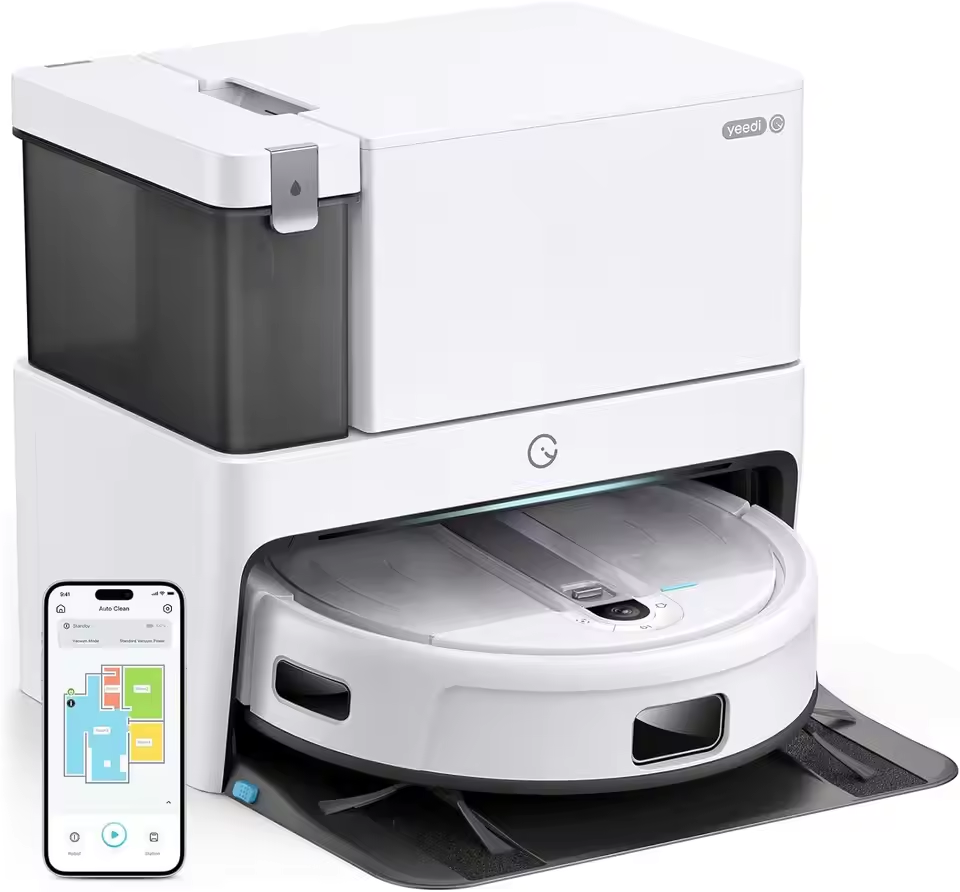
The adjustable hose is another legacy from the original design. Now, hoses come in various lengths and are more flexible, but the idea of using a hose to reach difficult spots started with Booth’s vacuum cleaner.
Filter bags have evolved enormously. While Booth’s machine used a simple cloth bag, modern vacuums use sophisticated HEPA filters. These capture more than 99% of dust and allergens, providing a level of filtration that early inventors could only dream about.
Finally, the variety and specialization of modern vacuum cleaners echo the adaptability early designs sought to achieve. Different attachments for diverse tasks have become more advanced, but the intention of a multi-use tool for cleaning remains.
In sum, ‘what did the first vacuum cleaner look like’ leads us to an interesting realization. The bulky, cumbersome machines of the past laid the groundwork for the diverse, efficient cleaners we use today. They stand as a monument to human ingenuity, reminding us that progress often builds on the foundations of history. Today’s vacuum cleaners are lighter, quieter, and more powerful because of those early designs that revolutionized the way we clean.

